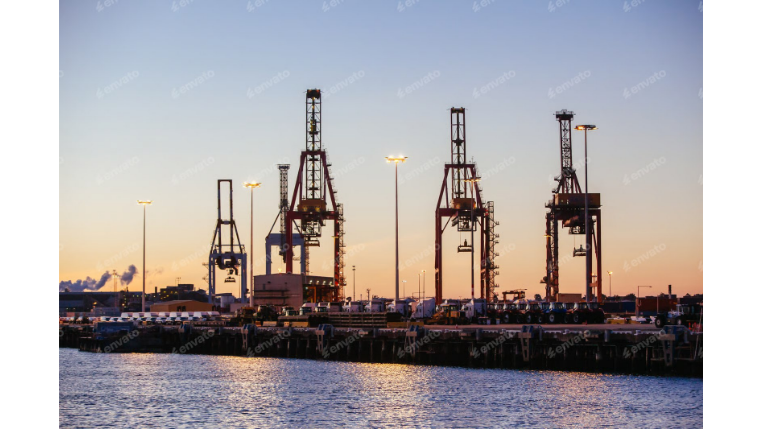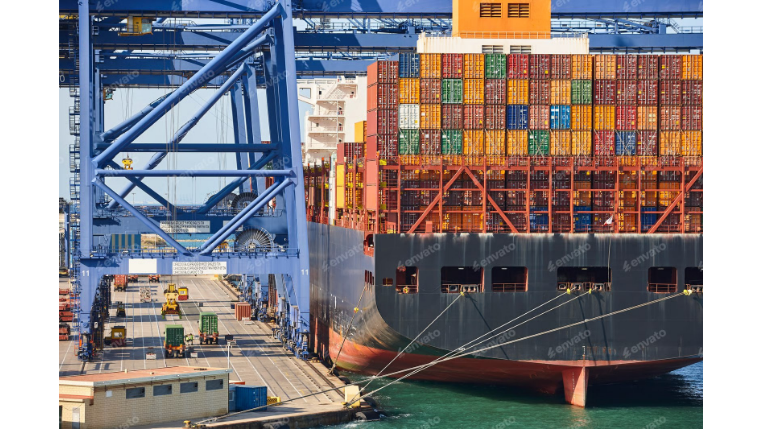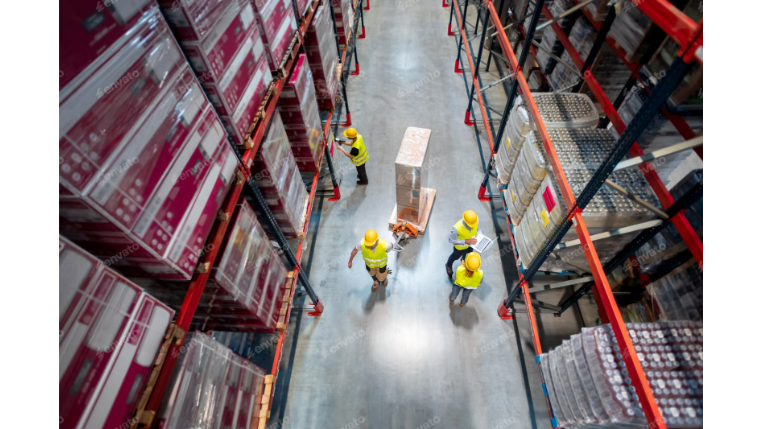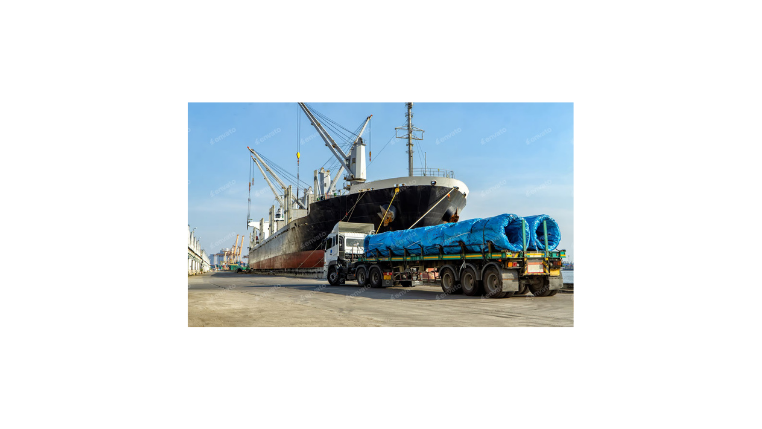Shipping containers are the foundation of modern logistics, enabling smooth cargo movement across borders and regions. With various types tailored to specific needs, businesses can optimize efficiency, safety, and cost. From dry containers for general goods to reefers for perishables, flat racks for oversized cargo, and tank containers for liquids and gases, each serves a unique role in global trade. Understanding these container units helps logistics professionals choose the right option, prevent costly mistakes, and ensure reliable delThe modern supply chain is a marvel of efficiency, built on a foundation of standardization. At the heart of this system is the shipping container, a seemingly simple steel box that has revolutionized global trade. However, a single type of container cannot meet the diverse needs of all cargo. From perishable goods that require temperature control to oversized machinery that needs special handling, the logistics industry has developed a wide range of specialized containers to ensure every shipment reaches its destination safely and efficiently.
This guide provides a comprehensive overview of 15 types of shipping container units in logistics, detailing their unique features and ideal applications to help you navigate the complexities of global freight forwarding.
Types of Containers by Function and Cargo
1. Dry Containers
These are the most common and versatile type of shipping container. Made of steel or aluminum, dry containers are great for shipping any cargo that's not perishable or temperature-sensitive, such as electronics, clothing, and furniture. They come in various sizes, with the 20-foot and 40-foot versions being the most common, and their robust, weatherproof design ensures that cargo remains safe and secure during transit.
2. Flat Rack Containers
Flat rack containers are ideal for shipping large and oversized cargo, such as boats, heavy machinery, and vehicles. They don't have rigid walls or a roof, only a flat base with walls or posts on the ends to secure the cargo. The collapsible sides on some models give them added flexibility, making it easier to load and unload goods that may not fit in a standard container.
3. Open-Top Containers
As the name implies, open-top containers have a removable roof, which makes them perfect for cargo that needs to be loaded or unloaded from the top, such as heavy industrial equipment, timber, or bulky items. A tarpaulin is typically used to protect the cargo from the elements during transit, providing more enclosure than a flat rack.
4. High Cube Containers
These types of containers are one foot taller than a standard dry container, which gives them more cubic capacity. High cube containers are a great option for transporting lighter, bulkier cargo that requires more height, such as furniture or large appliances. They are a cost-efficient option for businesses looking to maximize their cargo volume without taking up more floor space.
5. Refrigerated Containers (Reefers)
Also known as reefer containers, these units are specifically designed to handle temperature-sensitive or perishable goods, such as fruits, vegetables, flowers, and pharmaceuticals. They are equipped with a built-in cooling unit that can maintain a precisely controlled temperature throughout the journey. Reefers are essential for preserving the quality and freshness of perishable cargo over long distances.
6. Tank Containers
As the name suggests, tank containers are designed to transport bulk liquid and gas cargo, including chemicals, oils, and food-grade liquids. They consist of a cylindrical tank mounted within a sturdy steel frame, ensuring the cargo is protected and securely contained during transport. The tank is constructed of anti-corrosive materials and has specialized fittings to prevent leaks and contamination.
7. Insulated or Thermal Containers
Similar to reefer containers, insulated containers are designed to transport temperature-sensitive cargo. However, they don't have an active cooling or heating device and rely solely on their insulated walls to maintain a consistent internal temperature. These are ideal for goods that need to be protected from extreme temperature fluctuations but do not require continuous refrigeration.
8. Open-Side Containers
Open-side containers feature full-length doors on one or both sides, providing a much wider opening for loading and unloading. This makes them a great option for cargoes that are long or wide, such as machinery or timber, and require easy access from the side. This design enhances efficiency and simplifies the handling of bulky goods that may not fit through the standard end doors.
9. Half-Height Containers
Half-height containers are half the height of a standard container, which gives them a lower center of gravity. They are predominantly used for shipping heavy and dense cargoes, such as coal, ores, scrap metal, or stones. Their robust design and shorter height make them ideal for handling bulk materials that are difficult to load into taller containers.
10. Double Door Containers
These types of shipping containers are designed with doors on both ends, which allows for quicker and more flexible loading and unloading. Double door containers, also known as tunnel containers, are great for shipping oversized or awkwardly shaped cargo that can be loaded from one end and unloaded from the other. This design is particularly beneficial in port operations where efficiency is key.
11. Livestock Carriers
Livestock carriers are specialized containers designed for transporting live animals. They have features such as proper ventilation, feed and water dispensers, and secure dividers to ensure the safety and comfort of the animals during transit. They are primarily used for transporting larger animals like cattle and pigs between different regions.
12. Tunnel Containers
Tunnel containers are essentially another name for double door containers, equipped with doors at both ends. This design can significantly speed up the loading and unloading of goods, as it allows for simultaneous access from both sides. This makes them a valuable asset in busy port operations and for cargo that needs multiple access points.
13. Platform Containers
Platform containers consist of a flat base with no sides or roof. They are used for shipping cargoes that require an extensive flat surface, such as oversized machinery, steel beams, or pipes. Their open design allows for maximum flexibility when loading and securing cargo that exceeds standard container dimensions.
14. Ventilated Containers
Ventilated containers have a series of vents around the container that allow for better air circulation. This makes them ideal for shipping goods that require fresh air, such as coffee beans, cocoa, or plants, to prevent them from spoiling due to moisture or heat buildup.
15. Swap Body Containers
Swap body containers are a type of intermodal container primarily used in Europe. They are similar to standard containers but are designed with their own legs, allowing them to be swapped from a truck chassis to a railcar without the use of a crane. This design offers great flexibility in road and rail transport.
Overall, understanding the different types of shipping containers available is critical to ensuring that your cargo reaches its destination smoothly and efficiently. In the world of logistics, knowing which container unit to use for specific goods will help save cost, time, and prevent potential disasters. Whether you’re a freight forwarder or a logistics expert, it's essential to be familiar with these different container units to maintain a competitive edge in the industry and deliver exceptional service to your clients.









